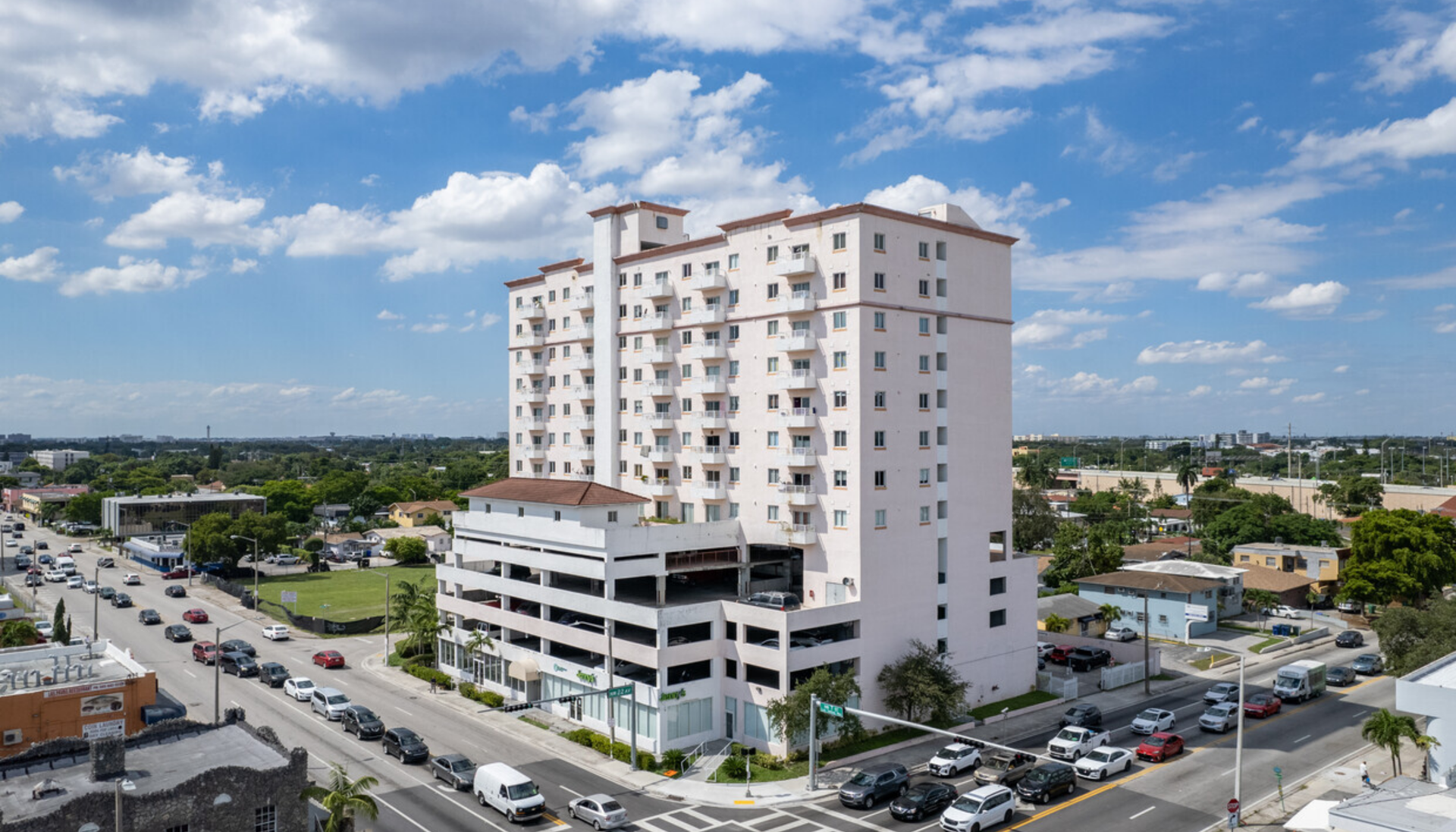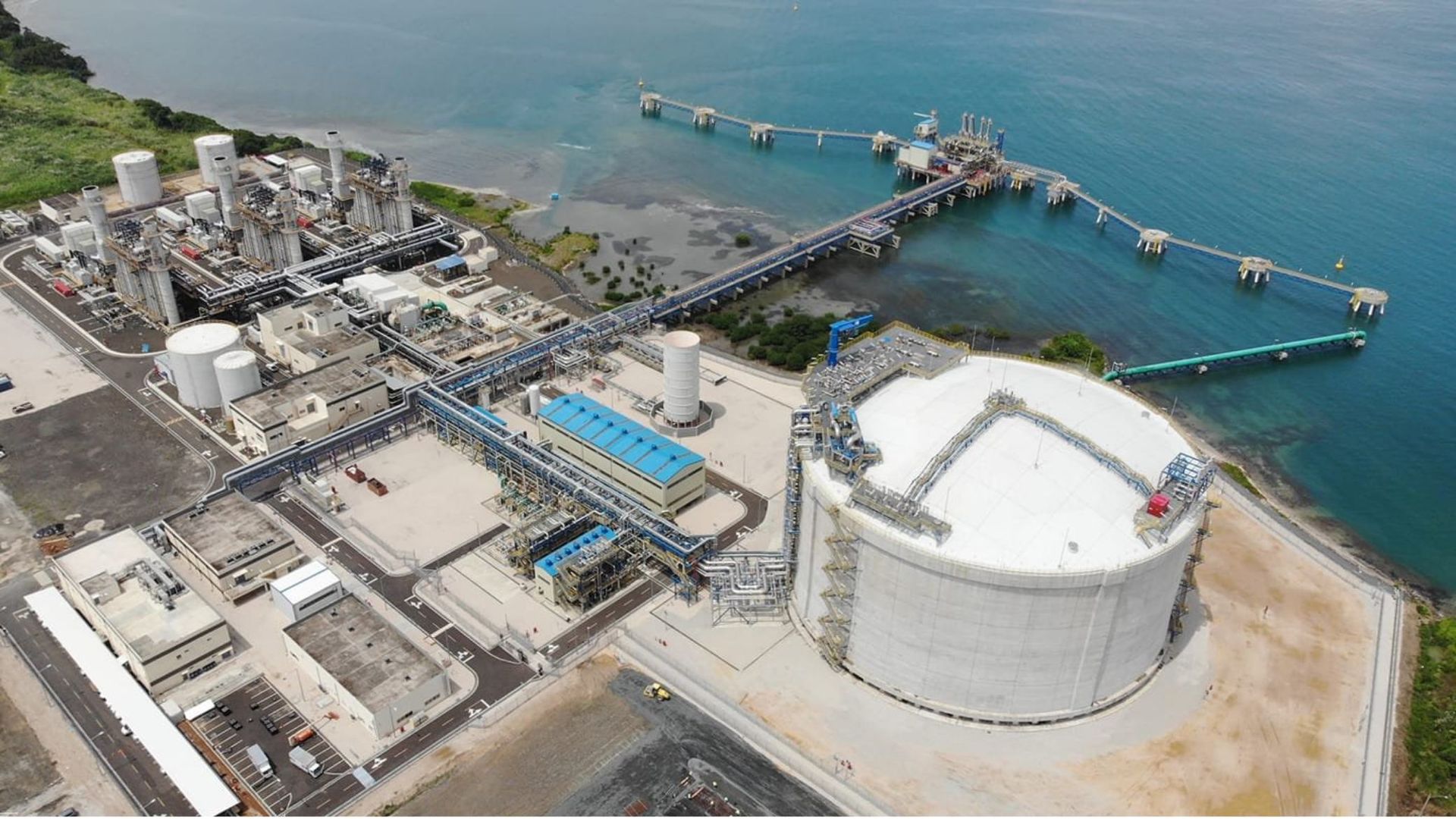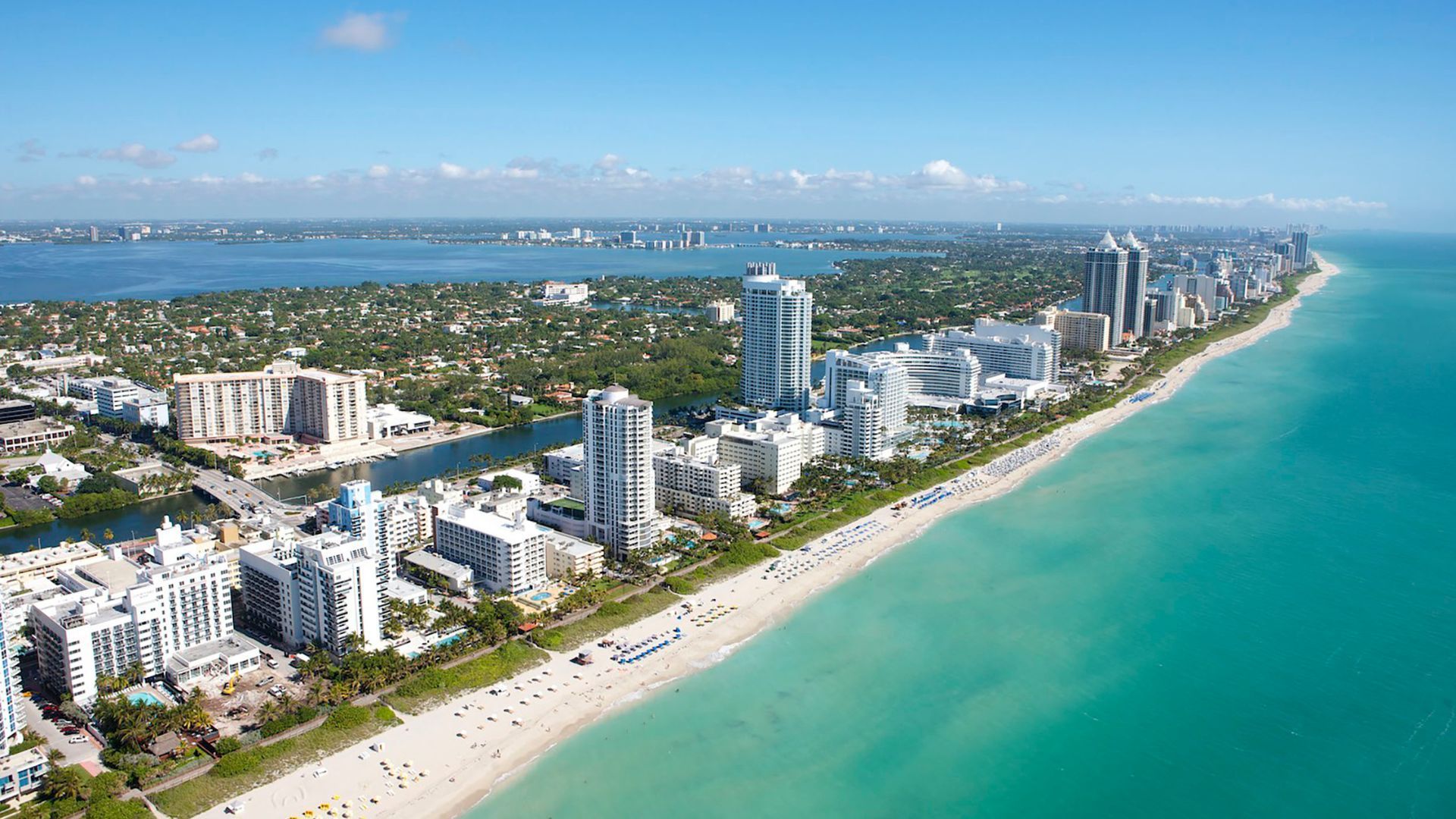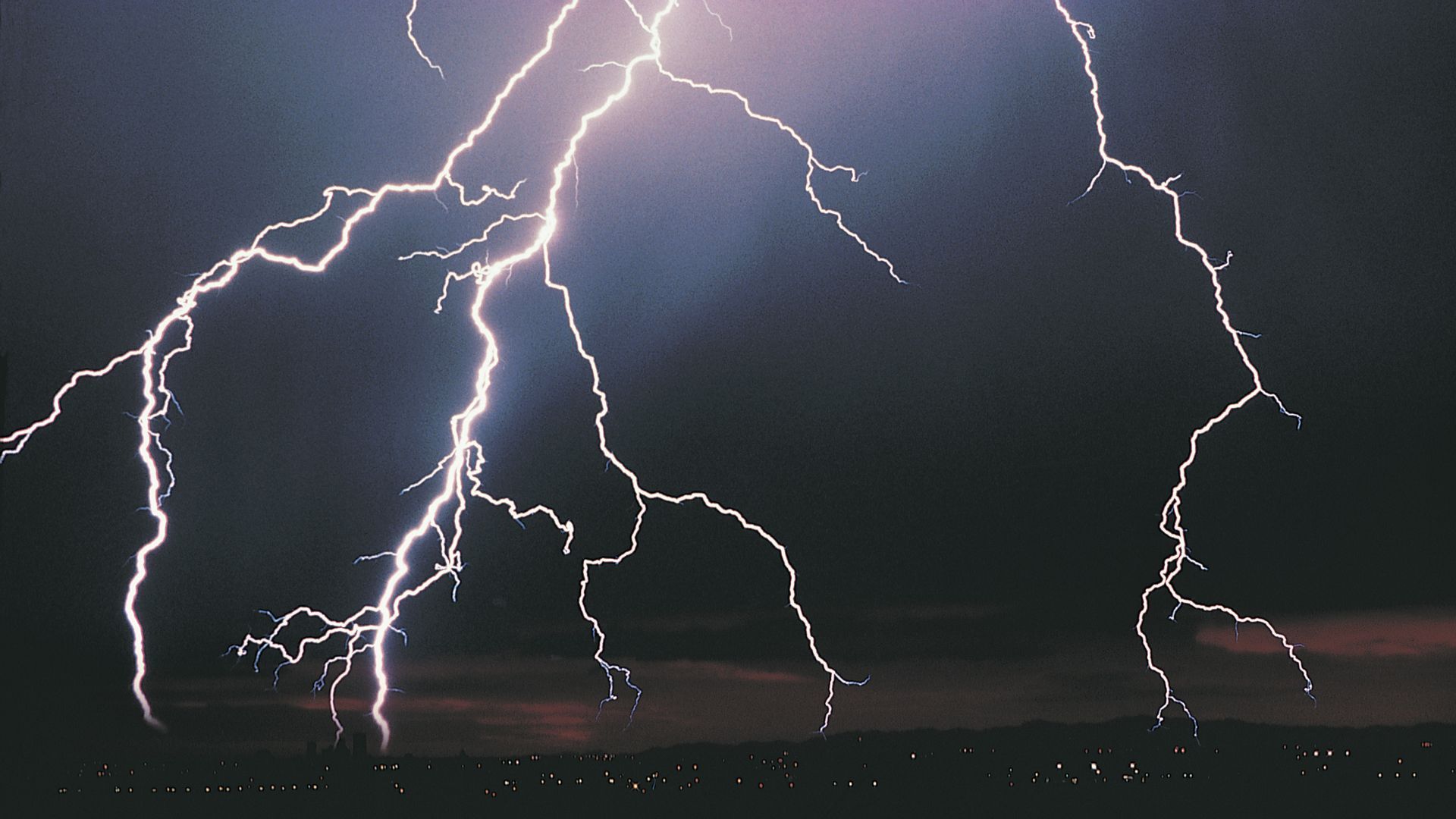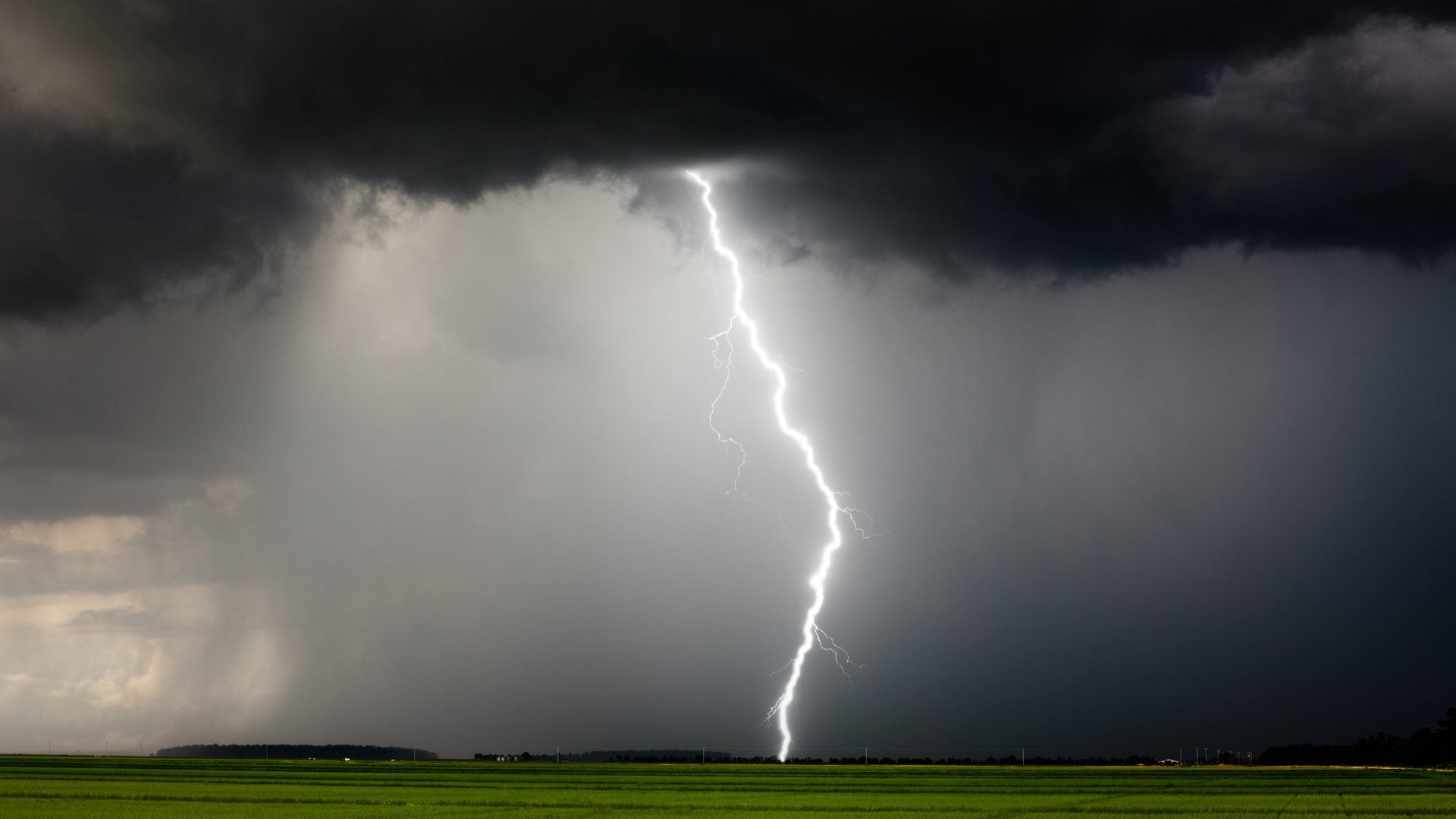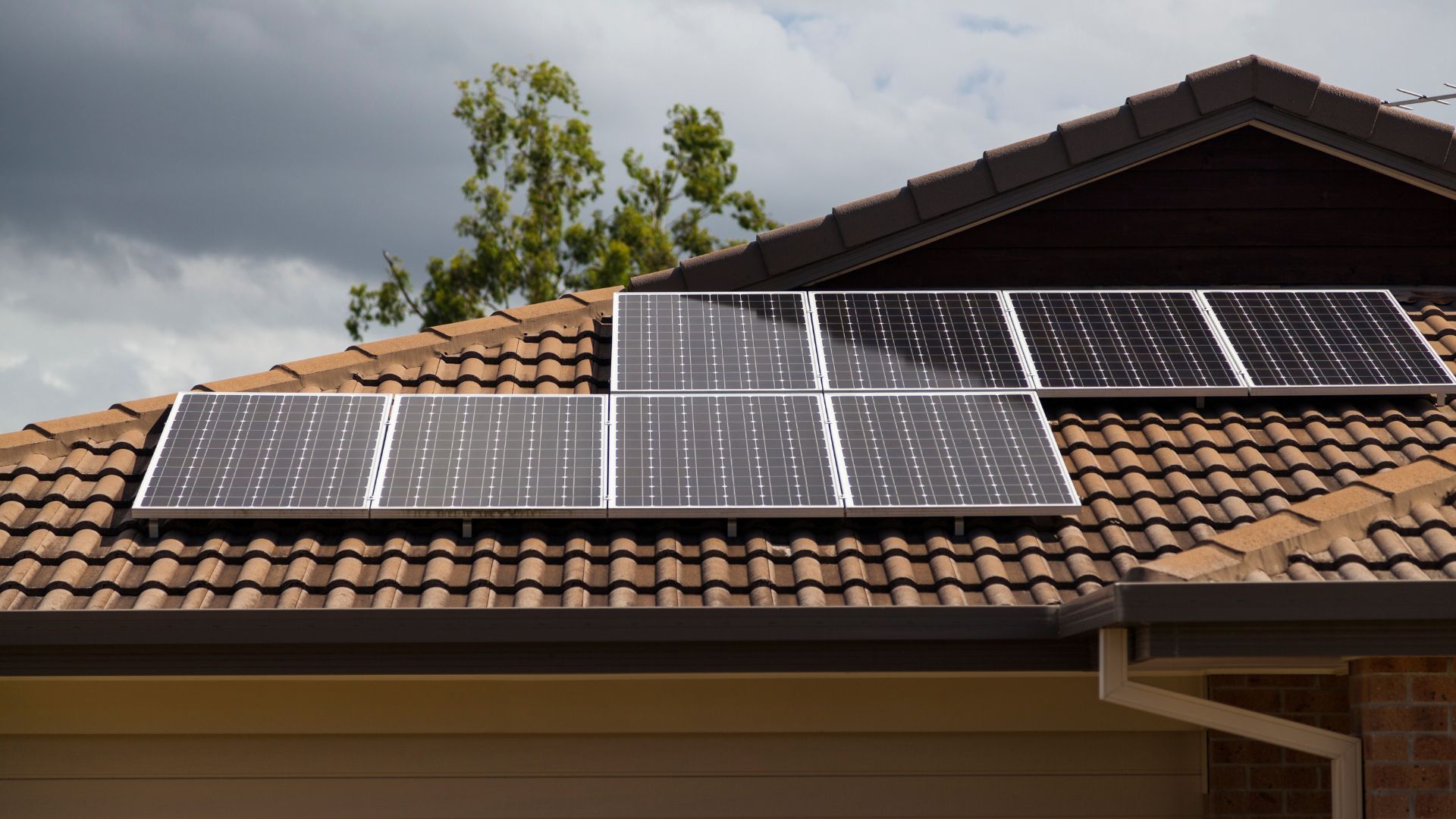Let’s Talk: Lightning Protection Standards, Compliances, and Misconceptions
Let’s Talk: Lightning Protection Standards, Compliances, and Misconceptions
When it comes to protecting lives, properties, and assets from the unpredictable force of lightning, traditional lightning rod systems have long been the industry standard. These systems—also known as Franklin rods—are designed with one goal in mind: to attract, capture, and conduct lightning strikes to the ground. However, despite their widespread use, there are important nuances, limitations, and misconceptions that are often overlooked.
Request a Quote
Learn about the CMCE System
In this post, we’ll examine the international standards that govern traditional lightning protection systems, how they’re built on the assumption of strike attraction, and why these systems may not be the best or only solution in all environments.
International Standards: Built on the Concept of Attraction
Lightning protection systems across the globe are primarily guided by two major sets of standards:
- IEC 62305 (International Electrotechnical Commission) – This is the most widely adopted global standard for lightning protection, providing comprehensive guidelines for risk assessment, design, installation, and maintenance.
- NFPA 780 (National Fire Protection Association – U.S. standard) – This outlines the installation requirements for traditional lightning protection systems in the United States, including rods, conductors, and grounding systems.
Both of these standards operate under the same fundamental principle: lightning will strike, and our job is to safely guide it. In other words, these standards are tailored specifically to technologies that attract and conduct lightning—such as rods, mesh networks, and masts—based on the premise that lightning is inevitable and unavoidable.
What they don’t address is prevention.
Misconceptions About Lightning Rods
Let’s address some of the most common misunderstandings about traditional lightning rod systems:
Myth:
Lightning rods prevent strikes.
Truth:
Lightning rods do not prevent lightning; they attract it. Their role is to safely divert the lightning current to the ground. This means the protected structure still gets struck—the energy is just redirected. This is a vital distinction. If you want to prevent a lightning strike, a rod system isn’t the solution.
Myth:
Installing rods eliminates all lightning-related risks.
Truth:
While rods reduce the risk of direct structural damage, they don’t eliminate secondary effects like surges, ground potential rise, or electromagnetic interference. Sensitive electronics, data centers, and industrial equipment can still suffer significant harm without supplemental protection.
Myth:
Compliance equals protection.
Truth:
Meeting compliance standards like NFPA 780 or IEC 62305 doesn’t necessarily guarantee optimal performance. These standards set minimum requirements and don’t account for newer, more advanced protection methods that go beyond the attraction model.
So Why Are Lightning Rods Still the Default?
The answer lies in regulation, tradition, and a lack of awareness about alternatives. The entire testing and certification ecosystem for lightning protection is built around systems that invite lightning to strike a designated point. Because the standards themselves don’t test or validate strike-prevention technology, contractors and inspectors are left with limited, outdated tools—even if better options exist.
Don’t Settle for Less. Choose the Best in Protection.
Contact us today at (888) 318-2333
or cmcesales@capitolelectronics.com
to learn more about how the advanced CMCE Lightning Suppressor
can protect your boat or property.


